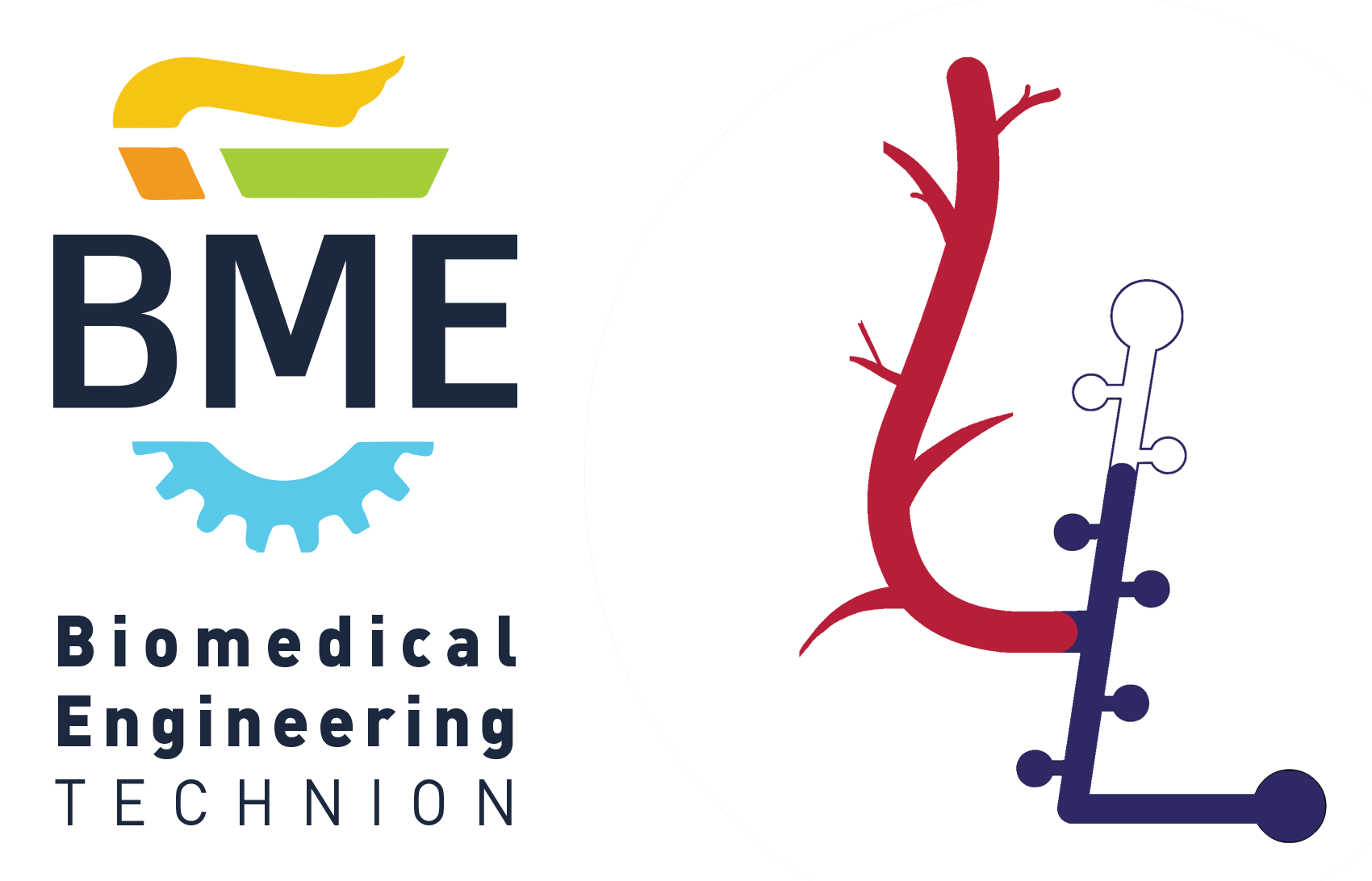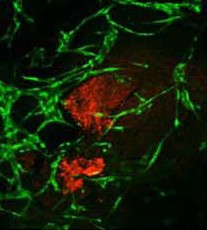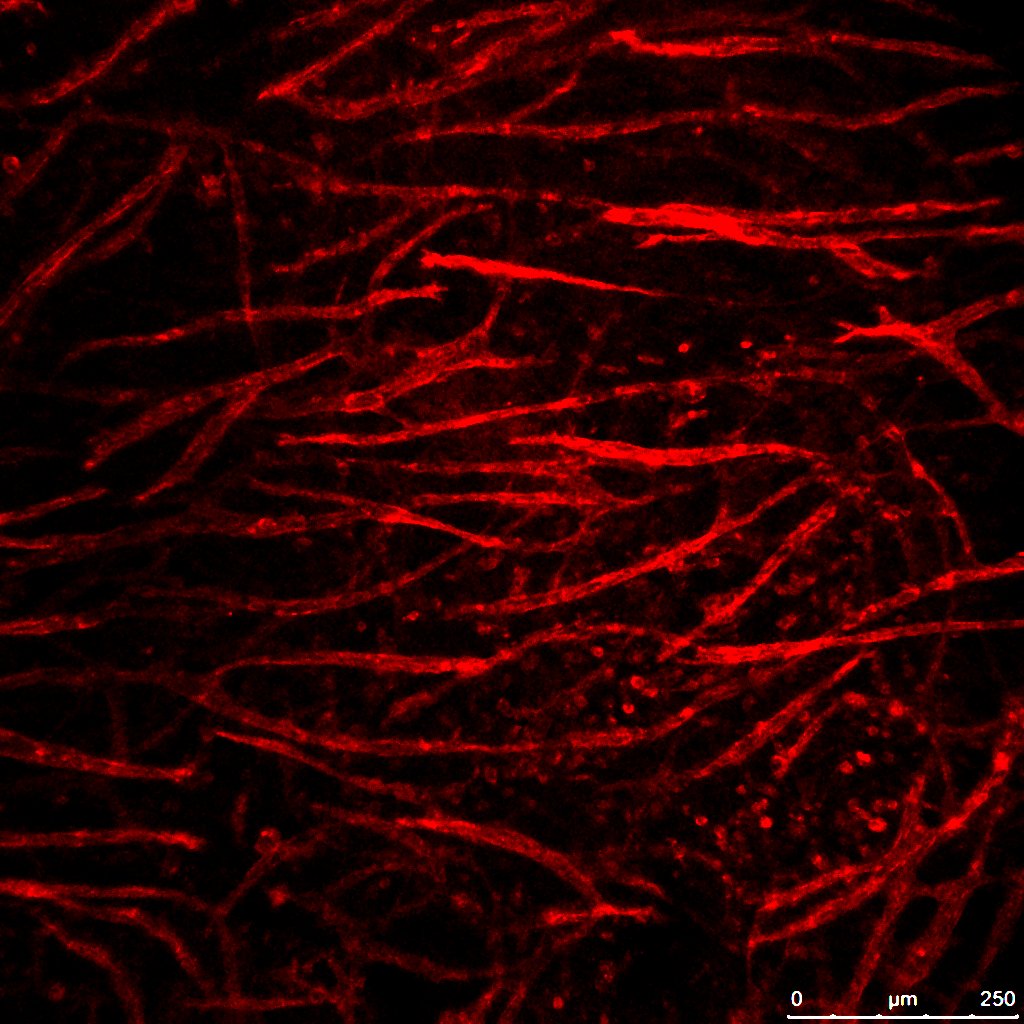Developing therapies for pancreatic diseases, such as diabetes and pancreatic cancer, is hampered by a limited access to pancreatic tissue in vivo. Engineering three-dimensional (3D) tissue models, which accurately mimic the native organ, have great potential in biomedical applications, by both providing powerful platforms for studying tissue development and homeostasis and for modeling diseases in pharmaceutical testing.
Our research establishes a multi-disciplinary European consortium with the goal of developing an innovative bio-printing approach for generating pancreatic tissue. Tissues and organs comprise multiple cell types with specific biological functions that must be recapitulated in the printed tissue. We aim at bio-mimicking developmental processes to fabricate 3D bio-printed pancreatic tissue units that allow sustained cell viability, expansion and functional differentiation ex vivo.



